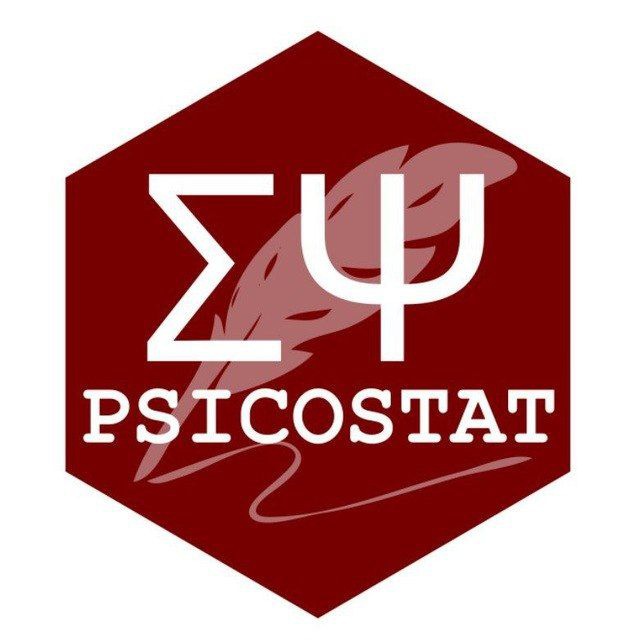
Item response theory procedures for shortening tests
The 2-Parameter Logistic Model
Item Response Function:
\[P(x_{pi} = 1|\theta_p, b_i, a_i) = \frac{\exp[a_i(\theta_p - b_i)])}{1 + \exp[a_i(\theta_p - b_i)]}\]
Item Information Function:
\[IIF_i = a_i^2P(\theta, b_i, a_i)[1-P(\theta, b_i, a_i)]\]
Test Information Function:
\[TIF = \sum_{i = 1}^{||B||} IIF_i\]
Intuitively
Some premises
Key concept
TIF target (\(\mathbf{TIF}^*\)) describing the desired characteristics of a test
The aim of the algorithms
Minimize the distance between \(\mathbf{TIF}^*\) and that of the short test forms (STFs)
Their differences
The method for selecting and including the items in \(Q \subset B\) from the item bank
Mean TIF
TIF is considered as mean TIF \(\rightarrow\) as the number of items increases, the TIF increases
Bruto (tu quoque?!)
The bad
\(\forall Q \in\mathcal{Q} = 2^B \setminus \{\emptyset, B\}\),
- \(\mathbf{TIF}^{Q} = \frac{\sum_{i \in Q} IIF_i}{||Q||}\)
- \(\overline{\Delta}_{\mathbf{TIF}^{Q}} = \mathit{mean}(|\mathbf{TIF}^* - \mathbf{TIF}^{Q}|)\)
\(Q_{bruto} = \arg \min_{Q \in \mathcal{Q}} \overline{\Delta}_{\mathbf{TIF}^{Q}}\)

Item Locating Algorithm – ILA
The ugly
\(B\): Item bank
\(Q^k \subset B\): Set of item selected for inclusion in the STF up to iteration \(k\) (\(Q^0 = \emptyset\))
\(\mathbf{TIF}^*\): TIF target
\(TIF^k = \frac{\sum_{i\in Q^k} IIF_i}{||Q^k||}\), where \(||Q^k||\) denotes the cardinality of \(Q^k\), \(\mathbf{TIF}^0 = (0, 0, \ldots, 0)\)
Frank1
The good
At \(k =0\), \(\mathbf{TIF}^0 = (0, 0, \ldots, 0)\), \(Q^0 = \emptyset\), iterate
\(A^k = B \setminus Q^k\)
\(\forall i \in A^k\), \(\mathbf{PIF}_{i}^k = \frac{\mathbf{TIF}^k + \mathbf{IIF}_{i}}{||Q^k||+1}\)
\(D = \arg \min_{i \in A^k} |\mathbf{TIF}^* - \mathbf{PIF}_i^k|\)
Termination criterion: \(|\mathbf{TIF}^* - \mathbf{PIF}_D^{k}| \geq |\mathbf{TIF}^* - \mathbf{TIF}^{k-1}|\):
If false, \(k = k + 1,\) \(Q^{k+1} = Q^k \cup \{D\}\), restart from 1
If true, stops, \(Q_{Frank} = Q^k\)
Simulation time
100 data frames
Generate an item bank \(B\) of \(6\) items:
Difficulty parameters: \(\mathcal{U}(-3, 3)\)
Discrimination parameters: \(\mathcal{U}(.90, 2.0)\)
Random item selections of lengths \(l\) from \(B\) (\(M_l = 3.34 \pm 1.13\)) + modification parameters \(\mathcal{U}(-0.20, 0.20)\) \(\rightarrow\) \(\mathbf{TIF}^*\)
Considering \(\mathbf{TIF}^*\) at Step 2 and item parameters at Step 1:
Bruto \(\rightarrow\) Systematically tests
ILA \(\rightarrow\) Forwardly searches considering a single \(\theta\)
Frank \(\rightarrow\) Forwardly searches considering the whole latent trait
Results
When \(||Q_{ILA}|| = ||Q_{Frank}|| = ||Q_{Bruto}||\)
But \(Q_{Ila} \neq Q_{frank} \neq Q_{bruto}\)

In the end
Mathematically, we are at loss
Psychologically? I don’t know
Do they work? Hopefully
Acknowfndabfjknc
Pasquale Anselmi, Egidio Robusto, Livio Finos, Gianmarco Altoè
This happened too
Roses are red, violets are blue,
my computer broke down on these simulations,
and I broke down too

Psicostat meeting


